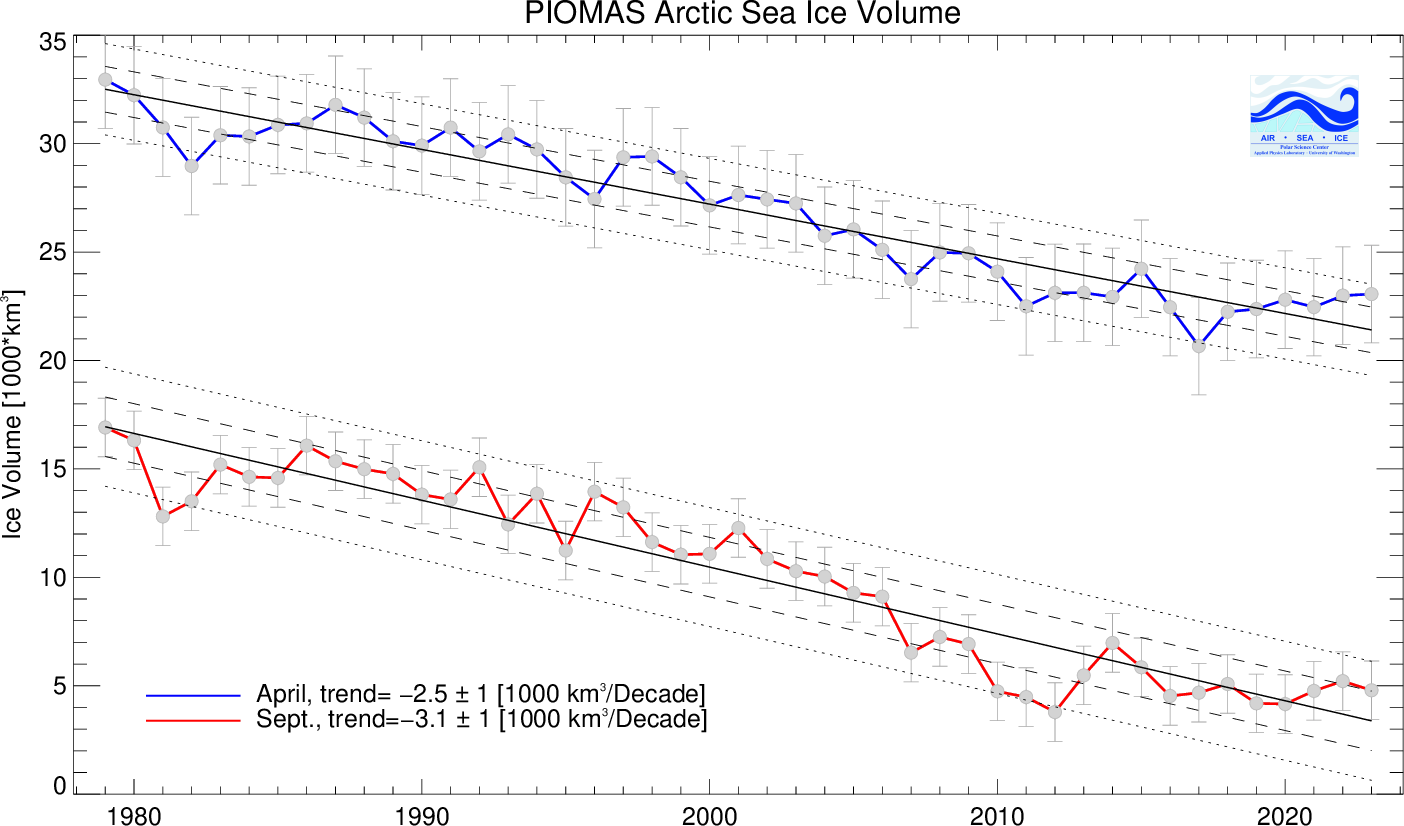But ,. but the ICE CAPS are melting, how can there be any cold up there, after 13 years of warming.... Are you saying that the science has LIED????Jim, you're so lost here I'm not certain where to start. Let's have a look at temperatures in the Arctic last year.

It's currently November 29th. Arctic temperatures on this date last year were in the neighborhood of -12C (10.4F). If a polar vortex formed at this time, there would be plenty of below-freezing air to chill our little mid-western bones. And note that for slightly over two months last summer, the average temperature WAS above freezing and thus ice WOULD have been melting. Arctic ice extents goes in a cyclical oscillation with the seasons, but as the globe's temperatures have risen, the melt period has grown warmer and longer. More ice gets melted over the summer and less gets refrozen during the winter. The result is a descending oscillation headed towards zero coverage in another ten to fifteen years should the current trend continue.. I would suspect from your comments that you were unaware the Arctic had seasons. Surprise, surprise. Perhaps you should have asked your little finger.
I just explained that Jim. In the text directly above here. If you want me to keep responding to you, I suggest you read it.
